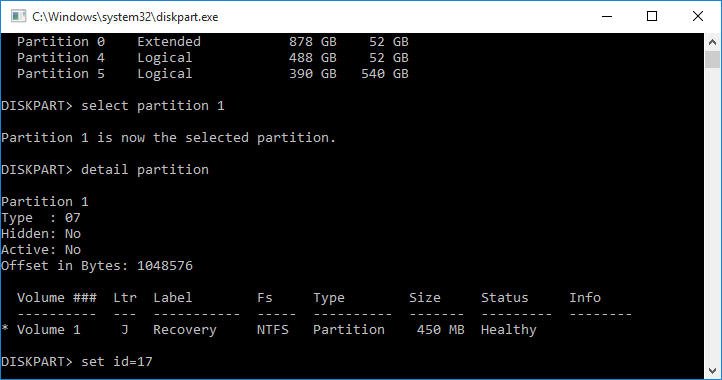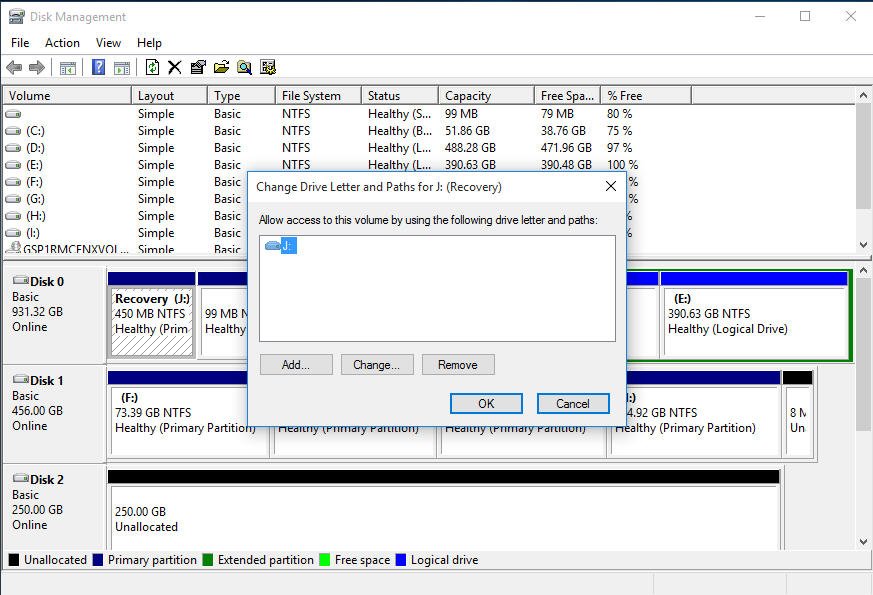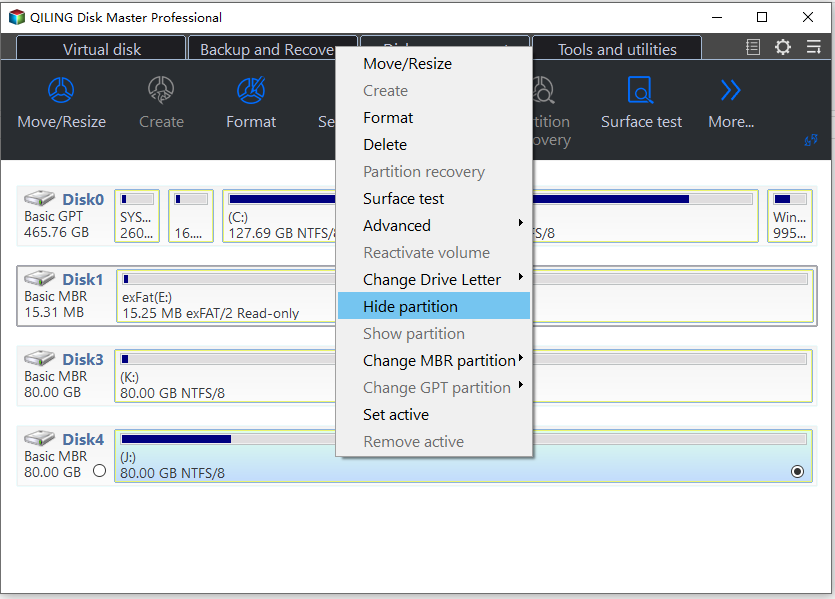How to Hide System Reserved Partition with 3 Simple Ways?
Why need to hide system reserved partition?
The System Reserved partition is crucial as it contains the Boot Manager, Boot Configuration Data, and Startup files, including those for Bitlocker Drive Encryption. Hiding this partition can protect it from unauthorized access and ensure its integrity. This can also be beneficial in case of system crashes, as it will help restore the system to its factory settings successfully.
How to hide System Reserved partition?
There are 3 methods of hiding reserved partition in Windows 10, 8, 7, which can be used to free up disk space and improve system performance. These methods can be used to make the reserved partition invisible and inaccessible to the user, making it easier to manage disk space and optimize system performance.
Using DISKPART
Diskpart is a command-A disk partitioning utility can help you hide the System Reserved partition, which is a small partition created by Windows to store boot files and other system-related data. This utility can be used to manage and modify disk partitions, allowing you to hide the System Reserved partition from view in File Explorer.
Step 1. Start an Administrator Command Prompt.
Step 2. Type diskpart at the prompt and press Enter.
Step 3. Type list disk and press Enter.
Step 4. Type select disk 0 and press Enter (make sure to use the correct disk number for your system).
Step 5. List partition and press Enter. The System Reserved partition should show up in the list (e.g. Primary, 100 MB). Partition 1 will be used in this example. The System Reserved partition is typically the first partition on the disk and is used to store the boot loader and other system files.
Step 6. Type select partition 1 and press Enter.
Step 7. To detail partition, press Enter after selecting the correct partition. It should display 'Type:07, Hidden: No Active: No' if the partition is correct.
Important: Make sure you have selected the correct partition before proceeding.
Step 8. To change the partition type from 0x07 (Hidden NTFS) to 0x17 (NTFS) and unhide it, type set id=17 and press Enter.
Step 9. After typing `detail partition` and pressing Enter, the partition details are displayed, confirming that the partition size is now 17 and that it is hidden. The volume details and the partition's label are also shown, as expected.
Using Disk Management
You can remove the drive letter from System Reserved partition, which will cause it to not be shown in File Explorer.
Step 1. To access Disk Management, press the Windows key + R to open the Run dialogue, type "diskmgmt.msc", and press Enter. This will open the Disk Management window.
Step 2. Right click on the drive you want to hide and select the option "Change drive letter and paths."
Step 3. To remove the assigned drive letter, click the "Remove" button and confirm by clicking "Yes" in the warning window that appears.
Step 4. To hide a drive or partition on a Windows system, you can follow these steps: right-click on the drive or partition you want to hide, select "Properties," and then check the box that says "Hide this drive." This will make the drive or partition invisible in File Explorer. This action does not delete the drive or partition, but rather makes it hidden from view.
Using Qiling Disk Master
Most people are not familiar with Disk Management and Diskpart.exe, but a third-party partition manager like Qiling Disk Master can make it easier to hide and unhide a partition on a hard drive. With a user-friendly interface, Qiling Disk Master allows you to perform these operations quickly and easily.
Step 1. Install and open Qiling Disk Master, right click on the partition to hide and choose Advanced -> Hide Partition.
Step 2. It will execute the operation. After that, the System Reserved partition will be invisible to others.
Tips:
1. To make the hidden partition available for use, you need to unhide it. This process involves the operating system recognizing and accessing the hidden partition, making its contents accessible.
2. After un-hiding a partition, Windows randomly assigns a new drive letter to that partition, which may not match its original drive letter.
3. Unhide a partition will cause its related shortcuts invalid.
4. If you ever want to use the partition again, you can simply unhide it.
Conclusion
If you've upgraded your system and the System Reserved partition suddenly appeared, don't worry! You can easily and securely hide it using one of three methods. These methods allow you to conceal the System Reserved partition, resolving the issue for users who have encountered this problem. By trying these methods again, you can regain control over your system and keep the System Reserved partition out of sight.
Qiling Disk Master offers more features than diskpart and Disk Management, including creating bootable media and migrating an OS to an SSD, allowing for system cloning without reinstalling Windows.
Related Articles
- How to Move the System Reserved Partition Safely to Another Drive
System reserved partition is on the wrong disk? Learn to move system reserved partition to another drive in Windows 11/10/8/7.


